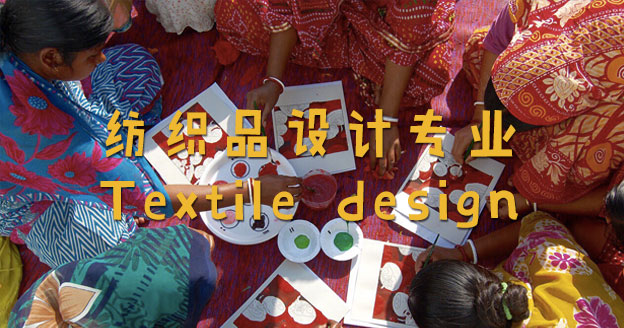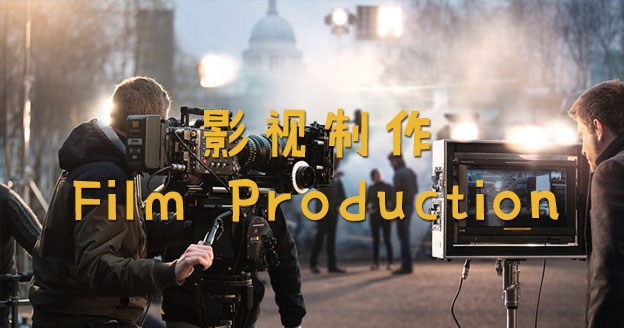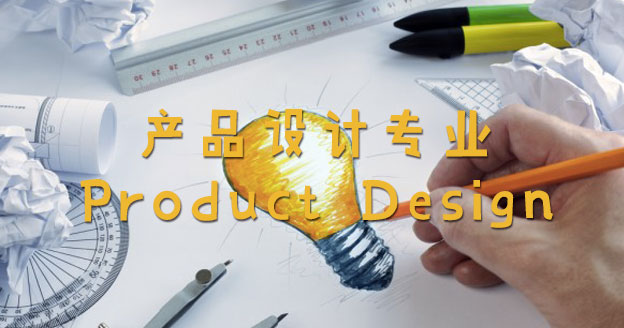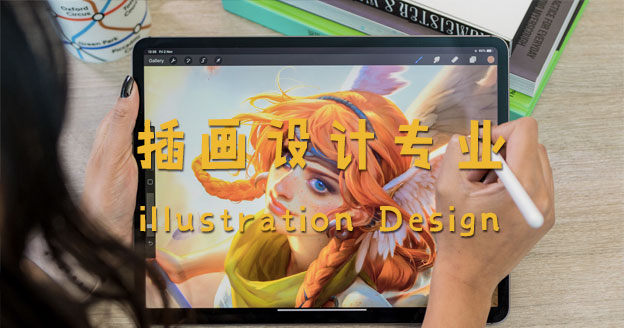[Introduction] The fashion design major is for creative students who like working with colours, textures, and different types of materials. The ever-changing fashion world continuously demands for designers from all over the world to input fresh ideas and progressive creativity. Every designer brand wants to be at the forefront of fashion and to be able to transform the original elements of fashion (such as fabrics, colours, patterns and silhouettes) into beautiful, innovative fashion pieces. You can learn more than just these elements in the Canadian fashion design schools. Although the ranking of the Canadian fashion design major is not as high as that of Europe, it is more practical. The courses are more hands-on, and providing professional training is the goal. Therefore, the school will provide students with a large number of internship opportunities so that they can use their design, business and marketing skills to compete in the fashion market after graduation.
(中国大陆地区用户请点击此处观看)
Introduction to the Canadian Fashion Design major
From drawing, materials selection, and clothing construction, to computer illustration and pattern making; combining artistic principles and applied graphics; from concept to finished product; transforming creativity into attractive products. You will explore the real design process in the fashion major. In addition, you will also learn about fashion business, including production and marketing, and how to achieve industry recognition through fashion competitions. You also have the opportunity to showcase your artistic vision and completed works on fashion shows. These are the areas you can specialize in: Clothing Design, Footwear Design, and Accessories Design.
What knowledge and skills do students learn in the Canadian fashion design major?
Canadian fashion design courses combine theory and practice to seek aesthetics. In the early stage, you will systematically study sewing, drawing, fashion history, textile technology, and fashion industries for men, women, children, accessories, and shoes. After settling on your field of specialization, you create your own design style and apply the knowledge learned in an authentic environment.
Canadian fashion design courses combine theory and practice to seek aesthetics. In the early stage, you will systematically study sewing, drawing, fashion history, textile technology, and fashion industries for men, women, children, accessories, and shoes. After settling on your field of specialization, you create your own design style and apply the knowledge learned in an authentic environment.
Courses in the program include:
- Fashion Communication
- Fashion Design
- Fashion Studies
- Textiles and Material Practices
Employment prospects of Canadian fashion design graduates
After graduation, students can continue to study for a master's degree in fashion arts, or make full use of their technical and business knowledge to find a job in the field of fashion design and manufacturing. Except for the so-called “real designers" who only need to constantly build new ideas, most of the other design work is essentially turning ideas into real products, with the ultimate goal of quickly attracting consumers and generating profit. In other words, you have to do a lot of trivial, detailed, technical work, such as choosing fabrics, looking for pieces to form a finished product, etc. Students can serve as members of design, production or marketing teams in large companies, engage in all aspects of business in smaller design companies, engage in entrepreneurial activities or freelance work. In all cases, graduates need to be proficient in all three aspects of the business (design, production and marketing) in order to give full play to the spirit of teamwork. There is high value in new designers who have a solid background and experience in production and marketing.
Job description of a Canadian fashion designer
According to different abilities and interests, the employment scope of graduates majoring in fashion design is extensive. Types of employment is roughly divided into the following areas:
- Fashion Designer: They research fashion trends and forecasts trends that will attract consumers, determine themes, choose fabrics, colours or styles, and design samples; present design ideas to creative directors, or display them in fashion or commercial exhibitions; market designs to clothing retailers or directly to consumers; and oversee the production of their designs
- Retail Buyer: They combine and purchase selected products in applicable quantities and amounts for various types of clothing retail stores or distribution channels.
- Retail Manager Retail Manager: achieve sales targets delivered by the company by promoting products and expanding their market according to the company's production line; implement effective promotional strategies, increase sales, and provide after-sales services.
- Stylist: Fashion stylists are the most common kind of stylist. They style models in photo shoots and fashion weeks for media such as the most common magazines, photo series and websites. Each shooting requires a stylist, and the role of the stylist is very important. They decide what clothes and accessories to shoot. Most of the time, there are also preparations for back drops and props. They also need to work with the hair and makeup artists to determine the style of hair and makeup to be used in harmonizing with the fashion pieces.
- Textile Designer: They focus on material-matching and production. Specific work includes fabric design, product design, pattern design, etc. Their clients include printing factories, fabric suppliers, clothing factories, home textile factories, famous brands, etc. For printing factories, fabric manufacturers, clothing factories, home textile factories, brand operators and other user services, textile designers provide patterns. Some textile designers also design clothing, silk scarves and other accessories, to create their own brand.
Although the starting salary of a junior designer is just at the minimum, you can always work towards excelling and becoming one that stands out in the crowd of young fashion designers. Eventually, you may become the head designer of a big brand name or create your own brand. The future of this career is promising and the income can be remarkable. The average annual salary of a fashion designer is $72,720. 10% of these people earn the lowest salary, $36,420 at the least, and the top 10% earn more than $155,470.
List of majors related to fashion design in Ontario, Canada (1-to-4-year programs)
| Name of Program | School | Type of Credential | Open to International Students | Start Date |
| Fashion Design | Ryerson University | Bachelor Degree | Open | September |
| Fashion and technology | Kwantlen polytechnic university | Bachelor Degree | Open | September |
| Fashion business management | University of Alberta | Bachelor Degree | Open | September |
| Material Art &Design | OCAD University | Bachelor Degree | Not Open | September, January |
| Fashion arts and business | Humber College | Bachelor Degree | Open | September |
| Fashion techniques and design | George Brown College | Diploma | Open | January/September |
| Fashion Design | Toronto Film School | Diploma | Open | January/July/October |
| Fashion marketing | Lasalle College | Diploma | Open | October |
| Fashion management | Humber College | Diploma | Open | September |
| Fashion Art | Seneca College | Diploma | Open | September/May |
Summary: UtoCanada's views on the fashion design major
Frankly speaking, graduates majoring in fashion design will face certain financial challenges. The design field is a risky one, because the income can either be very high or very low. When not being careful, it is easy to overspend. However, regardless of the profession, whether you have real skills is what matters most. Moreover, fashion design is not just about the creation of beautiful things. After all, not everyone can become a master designer. Most of the work still involves actual production processes and marketing. In all, when studying fashion design, one must not be afraid of challenges and hard work. With respect to the creativity and craftsmanship of the predecessors, we must not become arrogant. Instead, being modest and down-to-earth is the right way to learn.
Reference article:















